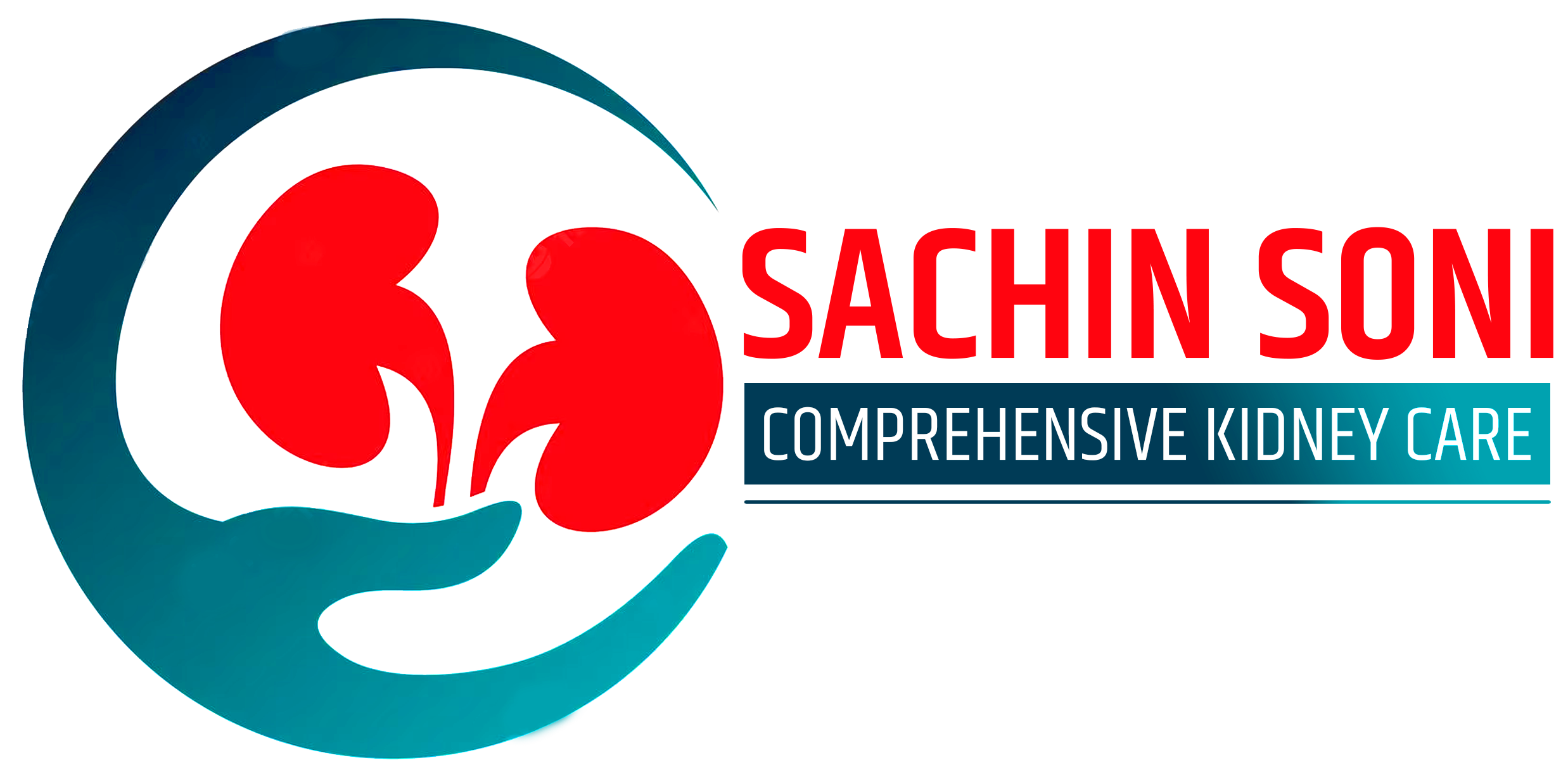Permcath Placement
Overview
Permcath placement is often necessary for patients who require frequent or long-term medical treatment, such as hemodialysis, chemotherapy, or parenteral nutrition. The procedure is typically performed by an interventional radiologist or a vascular surgeon, under local anesthesia and conscious sedation or general anesthesia. During the procedure, the catheter is inserted through a small incision in the skin and tunneled under the skin to the large vein. The catheter is then guided through the vein and positioned into the desired location, such as the superior vena cava or the right atrium of the heart. Once the catheter is in place, it is secured with sutures and covered with a sterile dressing.

Frequently Asked Questions
Permcath placement is necessary for patients who require frequent or long-term medical treatment that involves the use of intravenous medications, fluids, or blood products, such as hemodialysis, chemotherapy, or parenteral nutrition. It provides reliable and long-lasting vascular access, reducing the need for repeated needle sticks or peripheral catheterizations.
The Permcath can remain in place for several weeks to several months, depending on the patient’s medical needs and the type of catheter used. However, it is important to follow the healthcare provider’s instructions on how long the catheter can stay in place and when it should be removed.
Permcath placement is typically performed under local anesthesia and conscious sedation or general anesthesia, which means that the patient will not feel any pain during the procedure. However, some patients may experience discomfort or soreness at the insertion site after the procedure, which can be managed with pain medication.
Permcath placement is generally considered a safe procedure, but it does carry some risks, including infection, bleeding, blood clots, catheter malposition, and puncture of nearby organs. Patients should discuss the potential risks and benefits of the procedure with their healthcare provider before undergoing the procedure.
Patients should keep the insertion site clean and dry, avoid touching or pulling on the catheter, and follow the healthcare provider’s instructions on flushing and using the catheter. They should also report any signs of infection or complications, such as redness, swelling, fever, or drainage from the insertion site, to their healthcare provider immediately.
